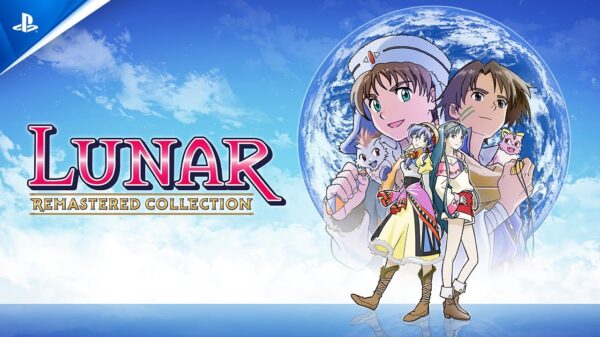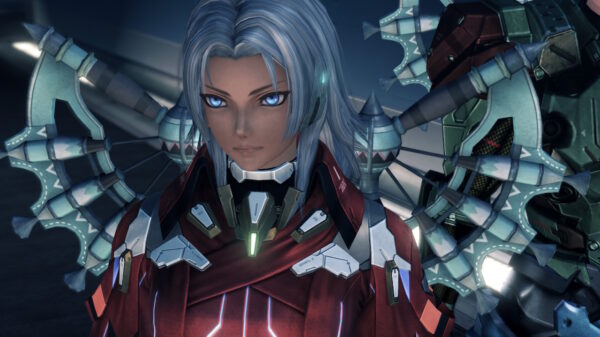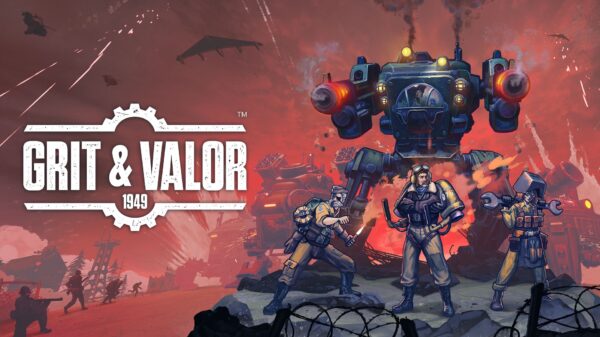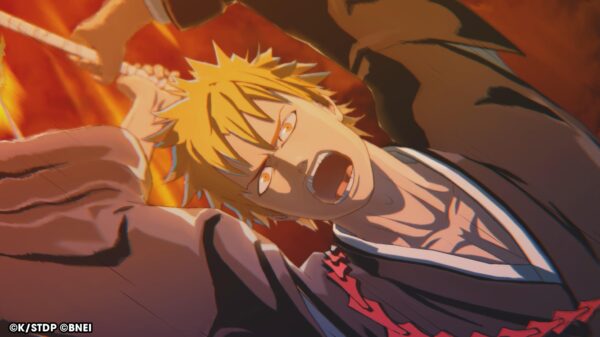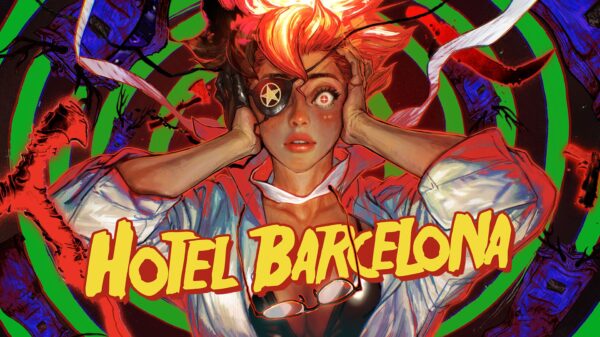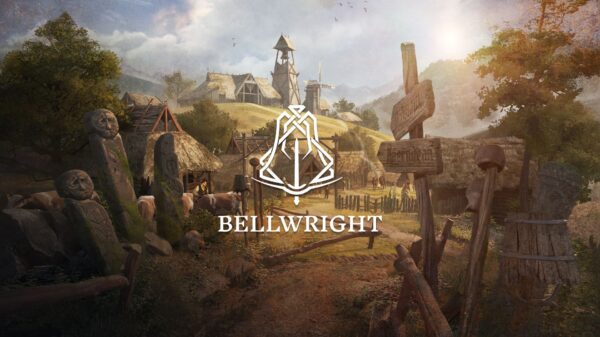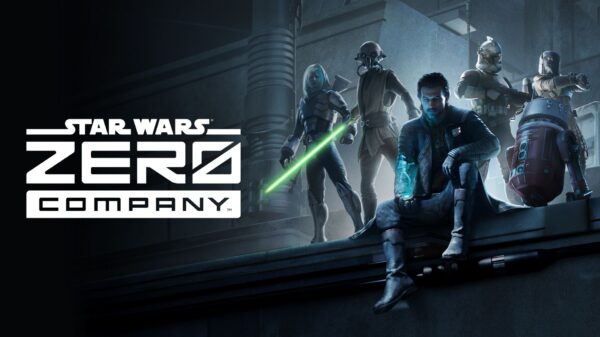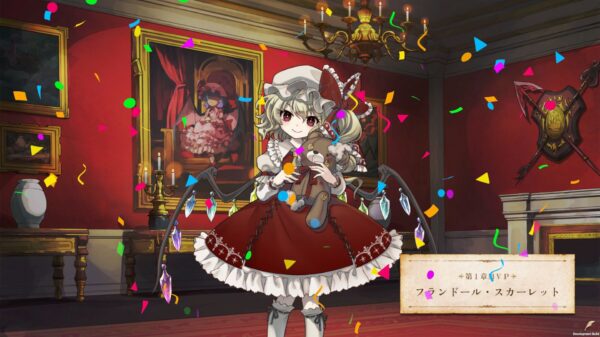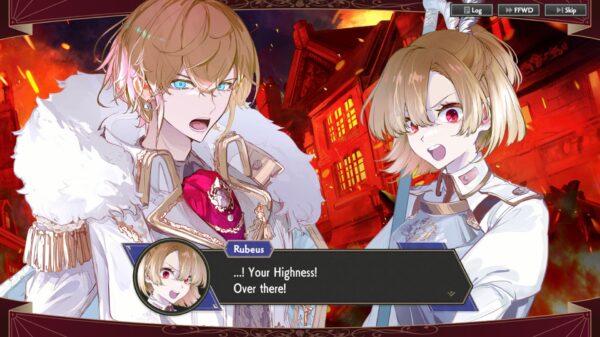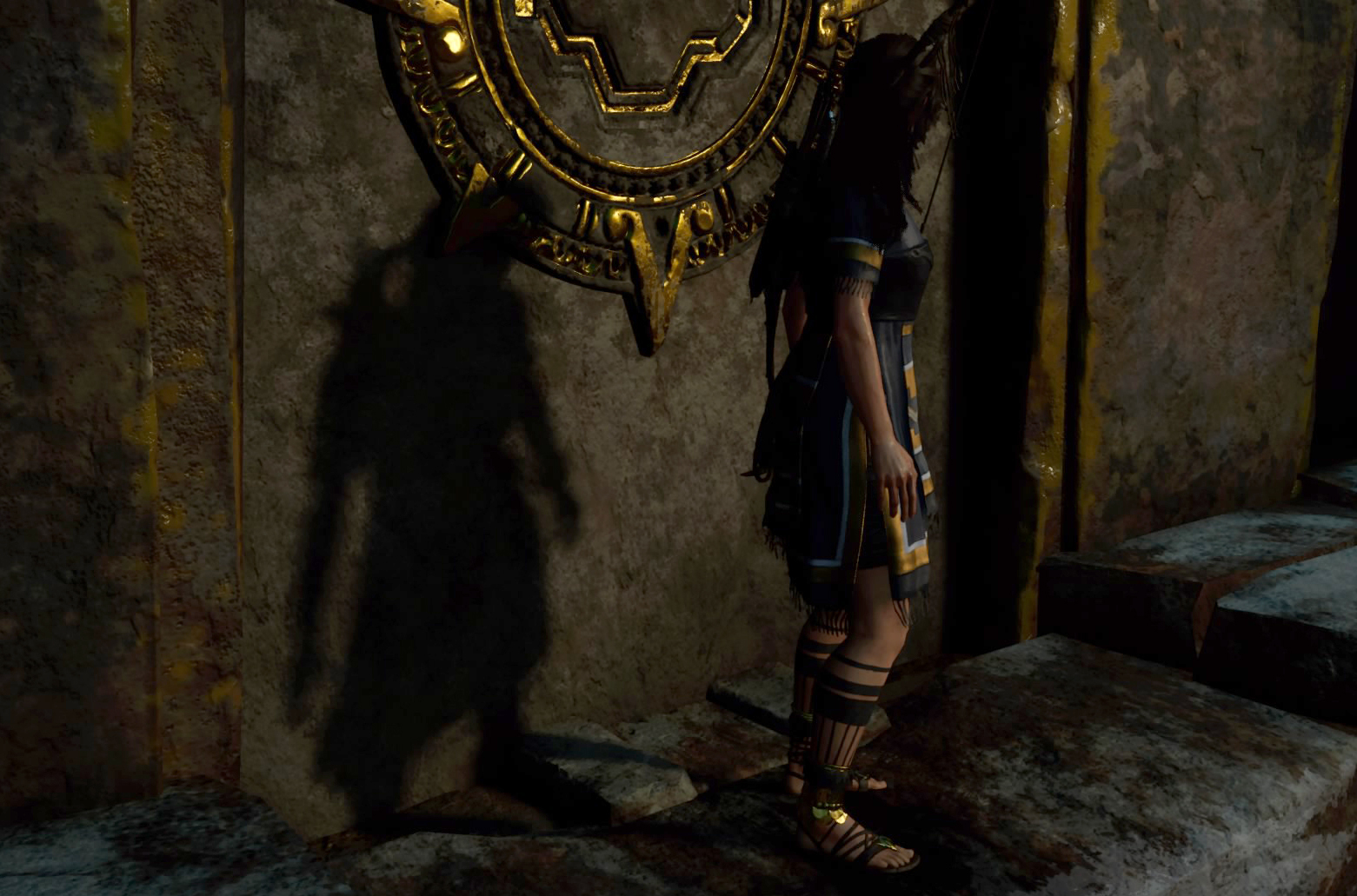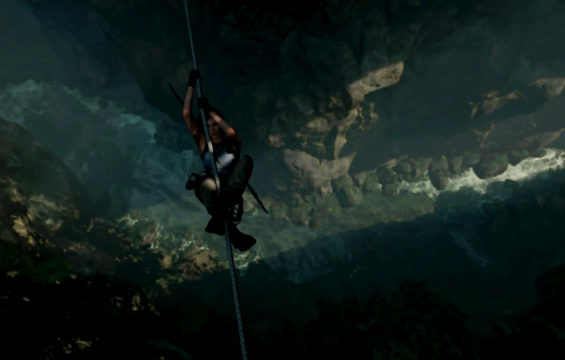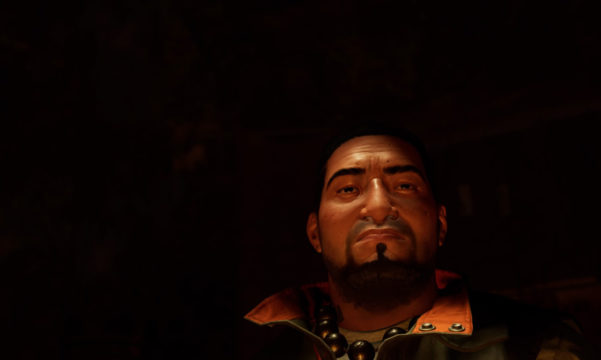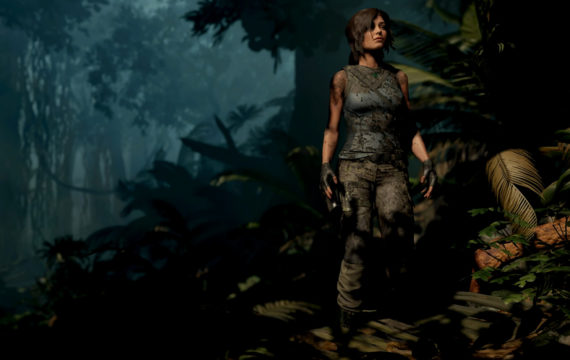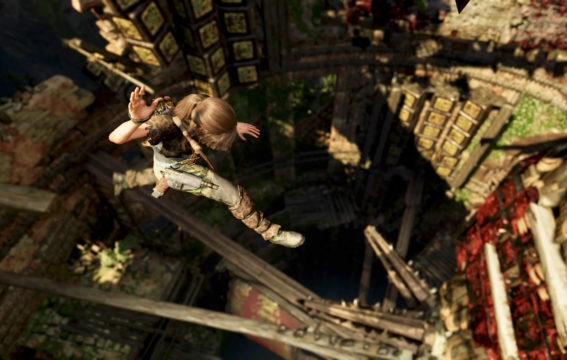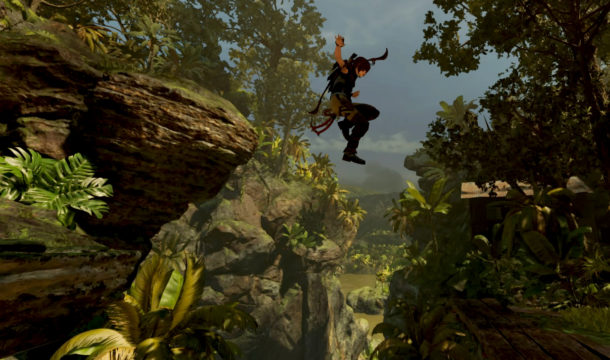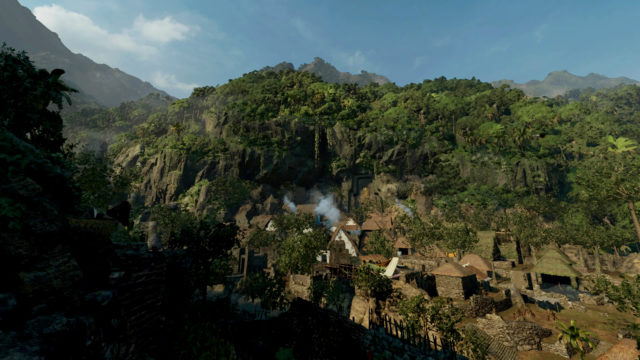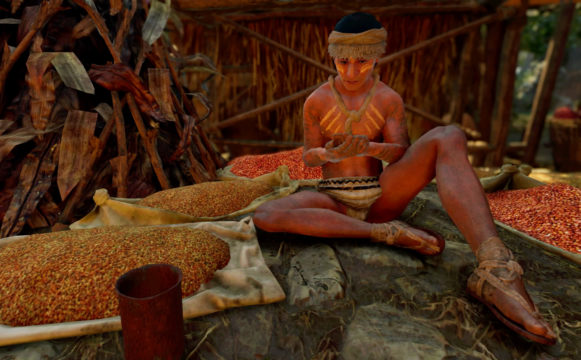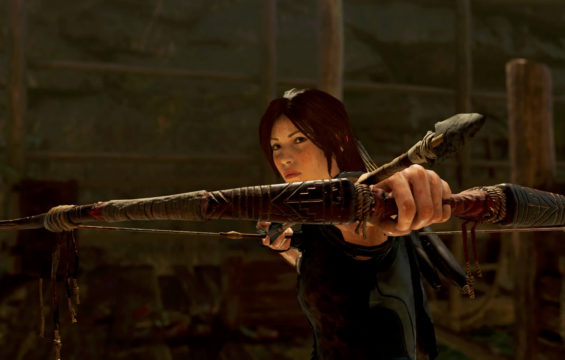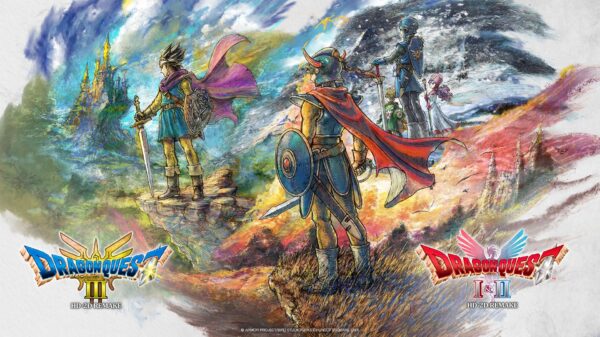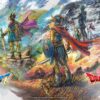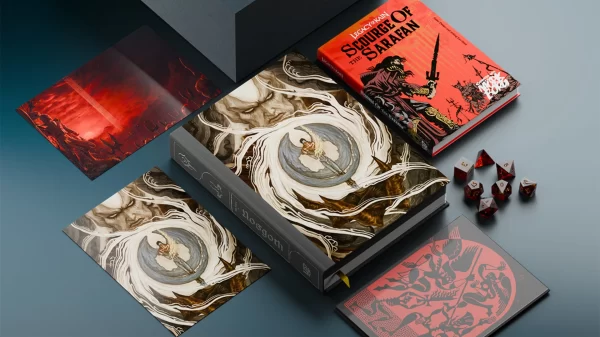Lara Croft’s latest adventure takes her on an emotional and dark journey through the jungles of Latin America. The final installment in Lara’s origin story is a solid one. It’s not a perfect game by any means, and suffered a little bit from series fatigue, but I really enjoyed my time with Shadow of the Tomb Raider.
Shadow of the Tomb Raider
Developer: Eidos Montreal, Crystal Dynamics, Nixxes
Price: $59.99
Platforms: Xbox One, PC, PlayStation 4 [reviewed]
MonsterVine was provided with a PlayStation 4 code for review.
If you were handed the power to remake the world, what would you do? That’s a question that comes up multiple times in Shadow of the Tomb Raider, headed by Eidos Montreal, the final installment in Lara Croft’s origin story. Lara’s journey to save the world from a Mayan apocalypse sends her on an emotional and sobering adventure where death and tragedy are a constant. She struggles with an internal conflict that’s been eating at her ever since her father died. Her father’s mysterious death shaped her view of the world and drove her to an obsession to find answers. Which begs the question: would she remake the world if she’s given the chance?
Lara Croft’s latest trek takes her deep into the jungles and hidden locales of Mesoamerica and South America. After inadvertently setting off a Mayan apocalypse, the adventurer is set on a brutal and destructive course to save the world. She soon finds herself in the middle of a power struggle over the protection of the hidden city of Paititi, which also serves as a large hub space for the player (more on that later). Most people of the city, especially those in charge, wish to protect it from outside influence. There’s a bit of anti-colonialist rhetoric in the game’s story that stands to argue against Lara’s obsession with finding artifacts. It’s a path similar to that of her late father whom was consumed with uncovering the hidden secrets without concerning himself with the implications of doing so.
Shadow of the Tomb Raider’s narrative is a noticeable improvement over the previous two games in Lara’s origin trilogy. Not simply because Lara is in a darker and more self-reflective place than she’s been. But because the characters around her are far more developed in this title, which helped me better understand the internal conflict Lara goes though.
The supporting cast of characters have history that helps define their motivations. One such character is the main antagonist, Dr. Dominguez, the leader of the Trinity High Council, the organization Lara fights against. His actions are unarguably evil, but his motivations for what he does are not as different from Lara. She learns through him the mistakes of obsession and how it leads to consequences for the people around her.
There’s Jonah, Lara’s friend who acts as her protector. He faced loss in his life which makes him more sensitive to the chaos caused by Lara’s actions. Jonah doesn’t try to compete with Lara, but he acts as a strong foundation for her to fall back onto when things get tough.
And then there is Unuratu, the rightful queen of Paititi who is willing to put aside any selfish reason to protect the home she loves. Her presence is empowering for Lara in a world where death and tragedy are inevitable.
Understanding their motives really helps sell the big set piece moments in the game. In one scene, after Lara is hit with tragic news, she becomes unhinged. The player controls her through a particularly brutal and unnerving scene as she wrecks havoc in an oil refinery. We’ve seen plenty of explosive moments in the series, but this particular scene conveyed the pain and anger in Lara unlike anything I’ve seen before.
Shadow of the Tomb Raider’s score does a great job of capturing the darker mood of the game. The music, by Audio and Music Director Rob Bridgett, and Composer Brian D’Oliveira, features a wide range of instruments that capture a South American sound that helped immerse me into the world of the game.
The voice acting for many of the characters really stands out, especially that of Lara (voiced again by Camilla Luddington) and Dr. Dominguez (voiced by Carlos Leal). Both actors did a great job of conveying a wide range of emotions that helped flesh out both characters.
A side note on the voice acting: In the options, there’s a selection for immersive voice acting, which affects all of the non-playable characters that fill in the hub spaces. The option allows you to hear the population speak in their native tongue, even when they interact with Lara. But she’ll respond to them in English, and I found that weird especially considering the otherwise anti-colonialist message found in the narrative. She doesn’t make an effort to respond in the same language, even though she clearly demonstrates that she can understand every word spoken to her. I understand how impractical and costly it would’ve been to write Lara’s script in two languages, but the way she responds to these people made the game less immersive.
I wrote in a recent preview about the improvements Eidos has made to traversal for the latest title. There’s still plenty of effortless platforming in the game, but a lot of work has gone to giving players a sense of exploration the series has missed.
Navigating through Shadow of the Tomb Raider felt more like engaging with a puzzle. There’s a noticeable effort to make the player study their surroundings. There are dangerous traps in tombs that are easy to miss. Secrets are tucked away behind non-obvious places. And thanks to a bigger focus on underwater environments, players can spend a lot of time diving into maze-like underwater caves.
The customizable difficulty system played a big role in me enjoying the traversal in Shadow of the Tomb Raider. Players can independently change the difficulty for combat, exploration and puzzle solving. I highly recommended setting exploration and puzzle solving to at least normal.
The normal setting allows for less noticeable path indicators and hints for puzzle solving. Playing on hard stripped away any help, which forced me to study the environment more. That led me to feeling immersed in the beautiful world of Shadow of the Tomb Raider. It’s a lush looking game and it made me want a Tomb Raider game with just exploration and puzzle solving.
One of the best things to explore in the game was its challenge tombs. The tombs in Shadow of the Tomb Raider are filled with deadly traps and complex puzzles. The puzzles are not super difficult, but on normal, I found myself having to stop and think about what I needed to accomplish to unlock the tomb’s secret. There are nine challenge tombs in Tomb Raider, and each of them feel varied and worthwhile to explore.
But my favorite part of the game to explore were the hub spaces, especially Paititi. The hub spaces, I think, are among Eidos’ expertise; just look at the near-future depiction of Prague in Deus Ex: Mankind Divided, which was analyzed throughly in a 2016 video by Mark Brown in his Gamer Toolkit series. Paititi is filled with characters performing tasks that make the city come to life. I was excited to dig into the layout of the city to find collectibles and even a hidden challenge tomb.
The hub spaces also have side quests that were way better than I expected. Just about every side quest I completed, which was close to 10, were different. And most of them were done in non-violent ways. Like investigating a murder that tasked me with interviewing different people and searching for the murder weapon. Or another one where I had to help break out a man from jail. This one had me create a distraction to lure guards away from my objective and then recruit two people to help me break out the man without killing anyone. The side quests are not overly complicated, but felt rewarding all the same. They fleshed out the game world in a way that rivals larger, open world games.
Shadow of the Tomb Raider features a lot of the combat you’ve come to expect in the series. Lara has a wide variety of tools to use in any given enemy encounter. She can reach for a pistol, or hide in elevated position using her bow for silent takedowns. But Eidos has added a few mechanics that made me feel like I could craft a style of play based on my tastes.
There were times I had to pull out a firearm to deal with enemies. They are much tougher in Lara’s third outing; I repeatedly found myself running for cover because Lara is more susceptible to damage in Shadow of the Tomb Raider. But the game allows you to break an enemy’s sight and return to stealth. I always felt like I had access to my different options when approaching combat. The combat encounters feel like solving a puzzle where I had to consider every angle for the best way to succeed.
One of the new tools Lara can use was a fear arrow. Those arrows can send an enemy into a frenzy, which gave me an extra option for crowd control. You can even avoid conflict all together and sneak out of a combat encounter without engaging with a single enemy. The combat in Shadow of the Tomb Raider felt like it benefited from Eidos’ experience with developing combat encounters in Deus Ex.
Players can further tailor their play style by giving Lara separate top and bottom pieces of clothing/armor which give different benefits. I tried sticking to clothing that gave be stealth benefits, like quieter movement. She can also use herbs for different gameplay benefits. These herbs, especially ones used for defense, helped me when I dumped skill points in perks that helped Lara with stealth but weakened her during firefights.
But melee-focused enemies are disorienting to track when they get close. I had trouble trying to keep the camera on enemies that got in Lara’s face. In fact, there were moments in the traversal part of the game where the camera seemed to fight with me as well.
With all of that said, I think the combat in Shadow of the Tomb Raider suffers the most from series fatigue. By no means does that mean it’s bad, but it’s largely the same from the previous entries. Despite feeling like I had a lot of options for combat, many of the enemy encounters felt stale compared to the rest of the game.
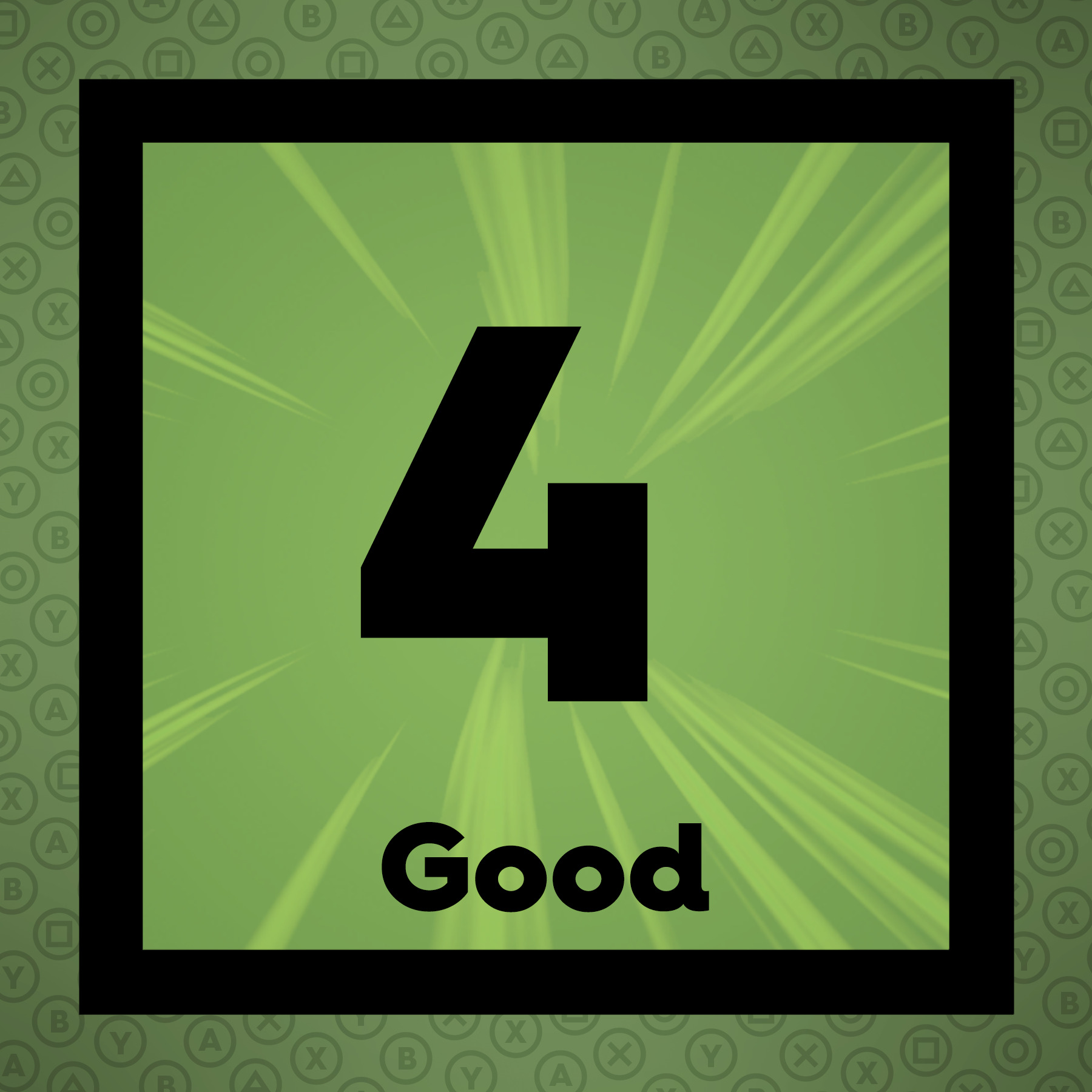 The Final Word
The Final Word
Shadow of the Tomb Raider is a solid ending to Lara Croft’s origin story. I think narratively, it’s more emotional and fleshed out than the previous games in the origin series. Traversal still feels less of a mechanic, but now there’s a sense of discovery that I think has been missing from the modern Tomb Raider games. Combat is good, but it’s the least compelling and most redundant aspect of the game. By the end of her adventure, Lara finds an answer to her question on what to do with the power to remake the world. Eidos has also found an answer by building a stronger story mixed with a sense of discovery on top of an already good foundation.
– MonsterVine Rating: 4 out of 5 – Good

